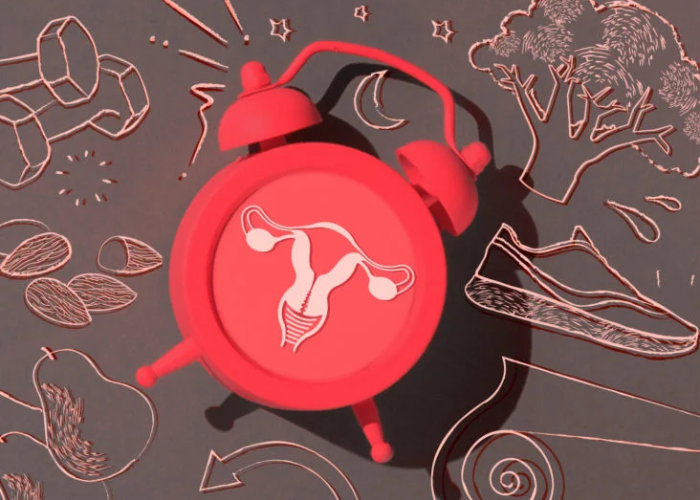Menstruation is a natural process that women go through on a monthly basis. It brings about various changes in the body, both physical and emotional. During this time, many women wonder whether it is safe and beneficial to engage in exercise.
In this article, we will explore the concept of Harmonizing exercise with menstrual cycle and provide you with valuable insights and guidance. So, let’s dive in!
Engaging in regular physical activity is crucial for maintaining overall health and well-being. However, understanding how to adjust your exercise routine according to your menstrual cycle can optimize your performance, prevent injuries, and alleviate any discomfort you may experience.
Understanding the Menstrual Cycle
The menstrual cycle is typically divided into four phases: menstrual, follicular, ovulation, and luteal. Each phase is characterized by hormonal changes that impact various aspects of your body, including energy levels, metabolism, and mood.
Menstrual Phase: The Importance of Rest and Recovery
During the menstrual phase, which lasts about 3 to 7 days, the body is shedding the uterine lining. It is a time when energy levels are generally lower, and some women may experience cramps or fatigue. Rest and gentle exercises, such as stretching or yoga, can help promote relaxation and reduce discomfort.
Follicular Phase: Energizing Workouts
The follicular phase begins after menstruation and lasts until ovulation. This phase is characterized by increased estrogen levels, leading to a boost in energy and endurance. It is an excellent time to engage in cardio exercises, strength training, and high-intensity workouts.
Ovulation Phase: Maximizing Performance
Ovulation marks the release of an egg from the ovaries. During this phase, which usually lasts for a few days, estrogen and testosterone levels are at their peak. You may notice a surge in energy, strength, and stamina. It’s a favorable time for intense workouts, interval training, and challenging physical activities.
Luteal Phase: Adjusting Intensity and Managing Symptoms
The luteal phase occurs after ovulation and before the start of the next menstrual cycle. Progesterone levels increase, which can lead to bloating, mood swings, and fatigue. It is essential to listen to your body during this phase and adjust the intensity of your workouts accordingly. Focus on activities like moderate cardio, Pilates, or gentle strength training.
Exercise Recommendations for Each Phase
- Menstrual Phase: Rest, gentle stretching, yoga
- Follicular Phase: Cardio, strength training, high-intensity workouts
- Ovulation Phase: Intense workouts, interval training, challenging activities
- Luteal Phase: Moderate cardio, Pilates, gentle strength training
Benefits of Harmonizing Exercise with the Menstrual Cycle
Synchronizing your exercise routine with your menstrual cycle offers several benefits. It allows you to work with your body’s natural rhythms, optimize performance, minimize the risk of injury, and manage symptoms effectively. It also helps in maintaining a healthy hormonal balance and overall well-being.
Tips for Exercising During Menstruation
While some women may prefer to take a break from exercise during menstruation, others find it beneficial to engage in light to moderate activities. Here are some tips to consider:
- Choose low-impact exercises like walking, swimming, or cycling.
- Practice yoga poses that help relieve cramps and improve circulation.
- Use heat packs or take warm showers to alleviate menstrual pain.
- Stay hydrated and listen to your body’s signals.
Listen to Your Body: Signs to Watch Out For
It’s important to pay attention to your body’s signals during each phase of your menstrual cycle. If you experience any of the following signs, it may be an indication to modify or pause your exercise routine temporarily:
- Excessive fatigue or exhaustion
- Increased pain or discomfort
- Abnormal or heavy bleeding
- Dizziness or lightheadedness
- Severe mood swings or emotional disturbances


